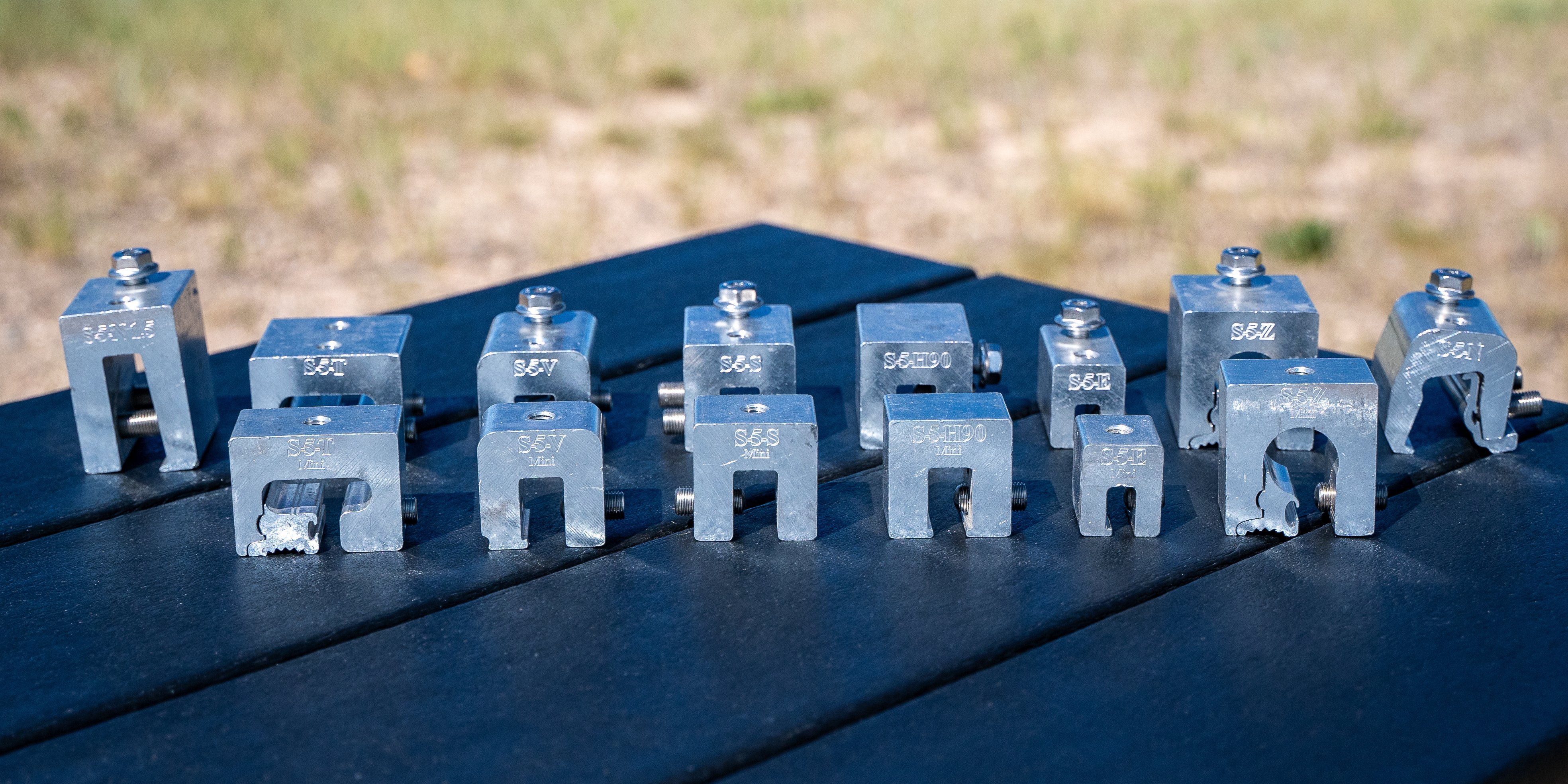If you’ve ever lived in or visited the Sunshine State during hurricane season, then you’re no stranger to Florida’s extreme weather, especially its powerful hurricane-force winds. These severe weather conditions have led to more stringent building codes and regulations in Florida than in other areas of the country. But why is this important when sourcing materials for your metal roof?
In this blog, we’ll explore the history behind the Florida Building Code and provide guidance on how to choose metal roofing materials certified to withstand high-velocity hurricane zone winds.
A Hurricane for the History Books
In 1992, Category 5 Hurricane Andrew struck the Bahamas, Florida and Louisiana, causing significant loss of life and property. Wind gusts up to 177 mph wreaked havoc on infrastructure, particularly in South Florida, where homes and buildings were heavily damaged or completely destroyed.
Florida enacted a state minimum building code law in 1974, but the devastation of Hurricane Andrew revealed significant deficiencies. Specifically, the building codes were not strict enough, and there were issues with how they were followed and enforced. These inadequacies led to the creation of a statewide Florida Building Code that established comprehensive standards for construction practices, materials and structural design.
The updated code focused significantly on strengthening buildings by implementing stricter wind-resistance standards for windows, doors and roof coverings. Further, Miami-Dade County incorporated a Notice of Acceptance (NOA) that is specific for products used in High-Velocity and Hurricane Zone (HVHZ). This NOA became the foundation for the HVHZ Test Protocols that establish a product’s ability to withstand extreme wind and pressure.
Investigating the Aftermath
After Hurricane Andrew, S-5! CEO and Founder, Rob Haddock, was among the first to land at Miami International Airport – retained to do so by the American Iron and Steel Institute. Tasked with observing and investigating the performance of metal roofing in the aftermath of the hurricane, Haddock, alongside Robert J. Wills of the American Iron and Steel Institute, flew in with FEMA clearances. From a helicopter, they mapped out a course to locate the worst-hit areas and how to access them, then surveyed the damage on the ground.
“Everything was a cataclysmic mess,” Haddock recalled. “We examined several areas, and what we found was that in general metal roofing on residences did extremely well in the storm. There was a stark difference between metal roofs and asphalt shingle, BUR and tile roofs. A common site was a house with a metal roof left relatively unscathed, while adjacent homes with other roof types were a total loss.”
Is Your Building Designed To Survive a Hurricane?
Within the Florida Building Code, the Florida Product Approvals (FPA), evaluates a building products’ ability to meet safety and performance standards on construction projects in the state. If you’re constructing a new residential or commercial building in Florida, you want to choose roofing products that achieve FPA.
Failure to use FPA HVHZ-certified products can lead to serious consequences. Rooftop solar panels can become airborne during high-velocity wind events, causing damage to the modules, surrounding property and bystanders. Improper installation of modules, using substandard attachments, can cause leaks and severe damage to the roof.
Standing seam clamps with FPA HVHZ listing.
Metal Roofs: Built to Last in High-Wind Areas
Metal roofing is the top choice for hurricane-prone areas due to its remarkable durability and resistance to extreme weather conditions. When properly engineered, metal roofs are designed to withstand heavy rain, high winds and flying debris, unlike other types of roofing such as asphalt shingles, tile and slate.
Solar-Metal roofs that use FPA HVHZ-certified standing seam clamps are designed to withstand extreme high winds.
Whether attaching solar modules, or other utility equipment, FPA HVHZ-certified, non-penetrating attachments offer a secure way to install rooftop ancillaries without compromising the roof’s integrity or voiding the manufacturer’s warranty. Solar roofs in high-wind zones must rely on attachments that comply with FPA HVHZ to ensure a long-lasting, structurally sound design. This certification includes testing and analysis of the product’s engineering and quality.
“Many contractors and builders in Florida prefer or are required to use products with FPA, as it simplifies the approval process during construction,” said Dustin Haddock, Vice President of Strategy and Market Development for S-5! “Having this approval gives our products a competitive edge over those that don’t, as it signifies that our products are reliable and safe for use in demanding environments.”
Ideas To Hold On To
It’s critical to protect buildings and homes in hurricane-prone areas from the dangers associated with extreme weather. For those in high-wind areas, sourcing metal roof attachments that achieve FPA HVHZ is imperative. Knowing your metal roof has tested, trusted and engineered solutions designed to withstand hurricane-force winds gives you valuable peace of mind and insurability. Don’t wait until next year’s hurricane season to find out if your metal roof is designed to survive.


